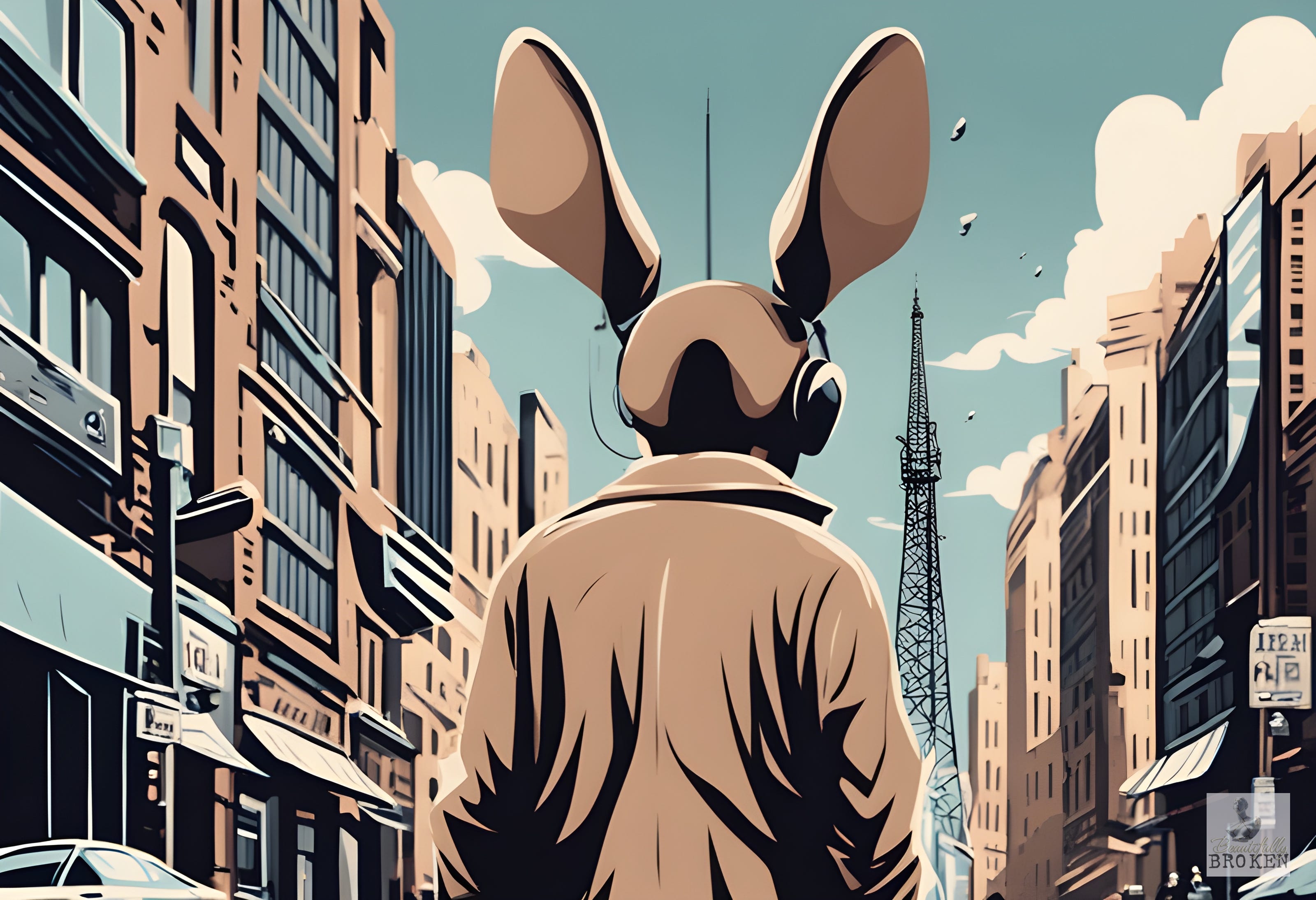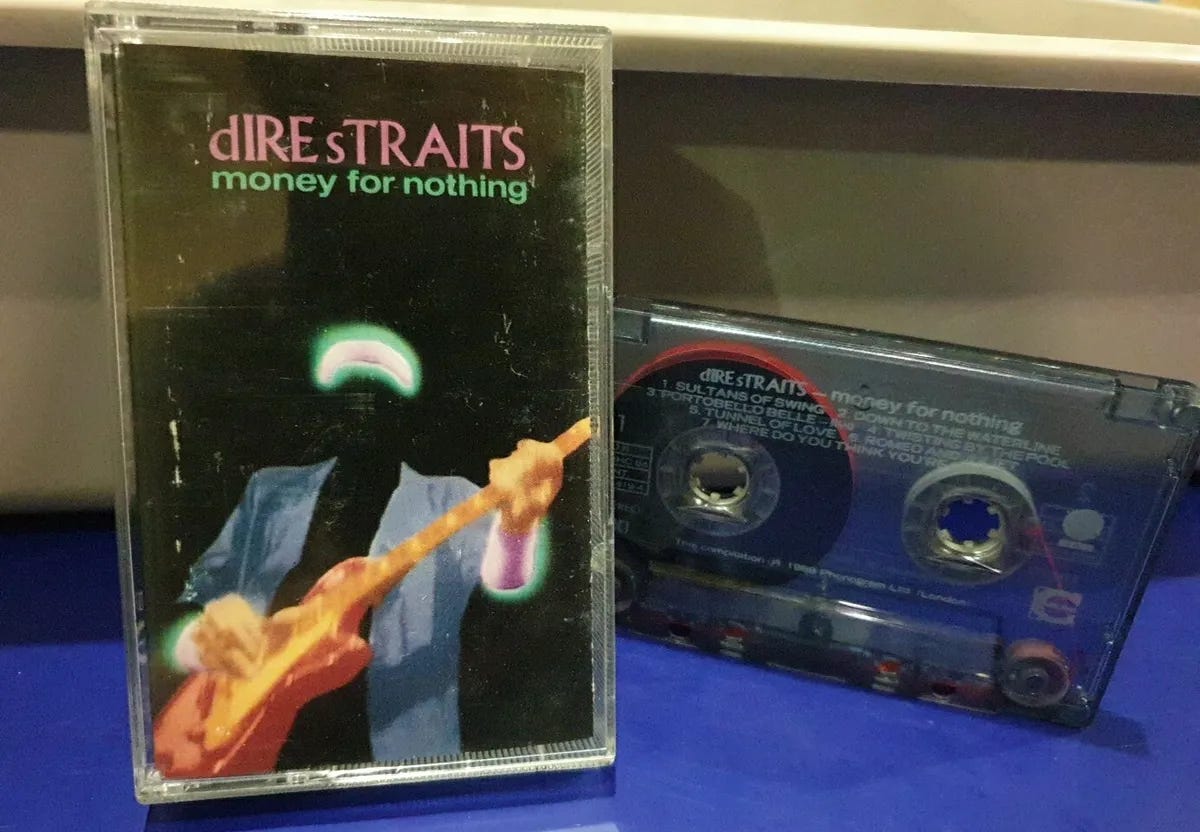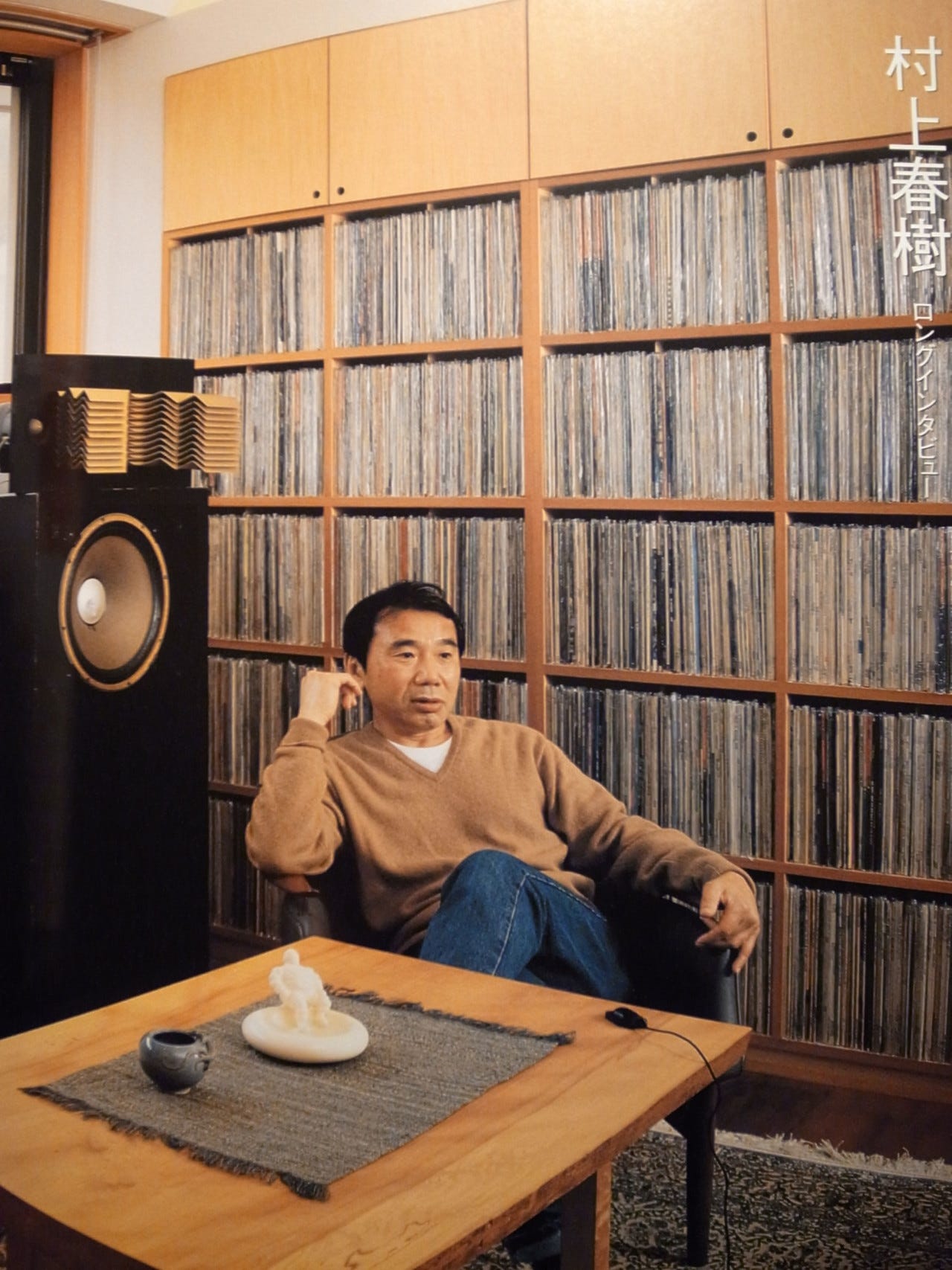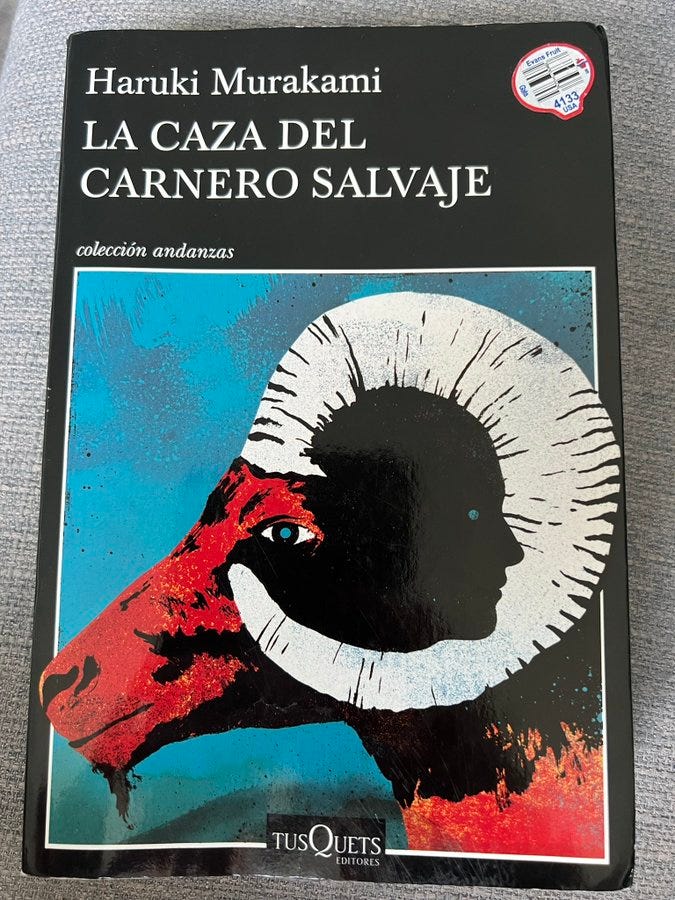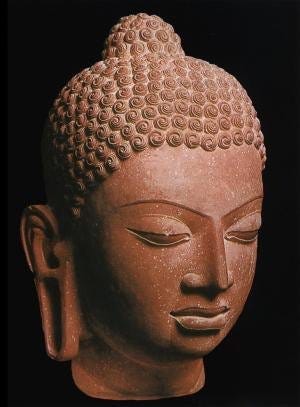The Enlightenment Tapes (Divine Listening with Haruki Murakami and the Buddha)
PRACTICAL ENLIGHTENMENT | FEBRUARY FEATURE II
Press the EJECT button on your invisible Walkman portable cassette player. Here, take this audio cassette. I’ve written the title with black marker pen on the masking tape label on either side: THE ENLIGHTENMENT TAPES. It doesn't contain music in the ordinary sense but it does contain the secret of how to turn your body into a giant speaker that plays the sounds of silence, Sangha, the vibration of the meditative mindset, under any circumstances. Slide it in, slap the cover shut and press PLAY. Beep, bo-dop, boop, breep. Here we go!
SIDE A: MUSIC OF THE MIND
Let’s time-travel back to the year 1991. I was 18 years old, studying at The University of Melbourne, and didn’t own a cell phone or even a Walkman. I’d started meditation practice that year at the Theosophical Society, along with my studies in tai chi. Over the Christmas school break I traveled to the UK and at one point found myself on the bus from London to Glasgow, a journey of about 10 hours. Tired out from backpacking and having no form of entertainment to pass the time, I stretched out on the back seats of the bus and eventually settled on the idea that I would turn my mind into a kind of concert hall and replay all of my favorite albums from memory. Dream of the Blue Turtles by Sting and Money For Nothing by Dire Straits got some good play on that trip. By the time I reached Scotland I had gotten good enough at this kind of “listening to the memory of music” that it sounded as good to me as having the musicians right there in the bus with me. It’s amazing what the mind can do with sufficient boredom and no distraction. This was my first experience of interior meditative listening.
This kind of interior listening is something you see in the literary works of Japanese author Haruki Murakami.
As someone who is intensely interested in music, especially jazz and classical music, Murakami regularly includes listening to music and ears themselves as motifs in his work (it sounds strange but it’s surrealist fiction so somehow it works very well).
"I'd like to ask you more about your ears, if I may," I said.
"You want to ask whether or not my ears possess some special power?" I nodded. "That is something you'd have to check for yourself," she said. "If I were to tell you anything, it might not be of any interest to you. Might even cramp your style." I nodded once more.
"For you, I'll show my ears," she said, after finishing her espresso. "But I don't know if it will really be to your benefit. You might end up regretting it."
"How's that?"
"Your boredom might not be as hard-core as you think."
"That's a chance I'll have to take," I said…
She'd become so beautiful, it defied understanding. Never had I feasted my eyes on such beauty. Beauty of a variety I'd never imagined existed. As expansive as the entire universe, yet as dense as a glacier. Unabashedly excessive, yet at the same time pared down to an essence. It transcended all concepts within the boundaries of my awareness. She was at one with her ears, gliding down the oblique face of time like a protean beam of light.
"You're extraordinary," I said, after catching my breath.
"I know," she said. "These are my ears in their unblocked state."
Several of the other customers were now turned our way, staring agape at her. The waiter who came over with more coffee couldn't pour properly. Not a soul uttered a word. Only the reels on the tape deck kept slowly spinning.
―Haruki Murakami, A Wild Sheep Chase
For Murakami, the ear is like a portal, a stairwell into the world behind the world.
SIDE B: RECEPTIVE HEART MUSIC
Fast forward to 1995 and I was 22 years old and living in Williamstown, a coastal town not too far from Melbourne, Australia. The train from the city would stop at Newport Station, and rather than wait for the connection that would carry me the remaining three stations, I’d walk the two miles home along a busy road. At an average pace it would take 45 minutes. Sometimes I’d take 1.5 hours, sometimes longer. At this stage I’d been practicing tai chi 1-3 hours per day, not including the three classes per week I was attending. I was fascinated with slowing things down. Really slowing things down, walking like a sloth, really sinking into the ground. A meditative slow walk that took a long time to get anywhere. That suited me fine. I’d been training repetitions of the tai chi form, a set sequence of slow movements, one after another after another, until I reached a meditative consciousness. Here, thoughts stopped, the body filled with energy, everything was warm, comfortable, open. I was interested in carrying this over to an everyday activity like walking and the natural starting place was the slow mindfulness I practiced in the tai chi form’s movements. So I cultivated the same practice internally while walking from the train station.
It was on one of these walking journeys that I had a profound transcendental experience.
Off I went on my sloth’s pace journey to Williamstown. Nothing to do but walk, distraction free. As I went I discovered something quite by accident.
At some point during in my walk I’d made a transition into a deep meditative consciousness. This state was different from what I had experienced in my tai chi practice. My thoughts stopped—that was similar to tai chi—but in addition I found that as I was listening my consciousness had shifted from my head into a still, empty space within my body. This was a place of absolute calm, and from there I was able to hear all the sounds around me but simultaneously a great silence and stillness within me. All sense of time fell away. I’d found my own form of Zen walking.
My mind eventually slipped out of this place and back into normal consciousness. How had I found that place? Could I get there again at will?
The good news was I had nothing else to do, so I undertook more meditative walking expeditions to get to the bottom of it. I realized that the process came from one of inner listening, similar to what I’d begun on the bus to Glasgow, but now, instead of filling the concert chamber within me with music, I’d discovered that a far greater treasure was the empty space itself.
Conducting research for this article, I came across a similar practice in the Śūraṅgama Sūtra. I’d been searching for quotes from the Buddha on hearing and listening.
The Śūraṅgama Sūtra (首楞嚴經; Sūtra of the Heroic March) is a Mahayana Buddhist sutra that has been especially influential on Korean Buddhism (where it remains a major subject of study in Sŏn monasteries) and Chinese Buddhism (where it was a regular part of daily liturgy during the Song). It was particularly important for Zen/Chan Buddhism. The Śūraṅgama Sūtra contains various explanations of specific meditation practices which help one cultivate samadhi (the state of meditative consciousness) ...The main intent of these various methods is to detach one's awareness of all sense objects and to direct awareness inward, to the fundamental true nature. This leads to the experience of the disappearance of everything and finally to illumination.
The most well known part of this passage is the meditation taught by Bodhisattva Avalokiteshvara, the last of these sages to teach. Avalokiteshvara describes their method as follows:
“First I redirected my hearing inward in order to enter the current of the sages. Then external sounds disappeared. With the direction of my hearing reversed and with sounds stilled, both sounds and silence ceased to arise. So it was that, as I gradually progressed, what I heard and my awareness of what I heard came to an end. Even when that state of mind in which everything had come to an end disappeared, I did not rest. My awareness and the objects of my awareness were emptied, and when that process of emptying my awareness was wholly complete, then even that emptying and what had been emptied vanished. Coming into being and ceasing to be themselves ceased to be. Then the ultimate stillness was revealed…”
As I continued this practice I discovered that I could return to this state at any time and find peace in a busy world, no matter how distracting my external environment. In fact, external noise can even help the shift into this transcendental state. I taught this practice to my tai chi students for many years and it’s a technique I’d like to share with you today.
It’s similar to the one laid out in the Śūraṅgama Sūtra but since I discovered my method through happy accident along with subsequent introspection and practice, I can offer a few more steps to help ensure that you, the modern, non-monastic reader can achieve the state.
Read on for today’s practical enlightenment method…
With my Zen walking, I had unconsciously started listening to something inside of myself. That something was itself a space and in the process my awareness had slipped out of my head and down into this space. All my thoughts fell away, I was totally present within the moment, inside my body and in the world, simultaneously present inside and out.
Here's how I came to find my way back there again anytime I wanted:
1. As you’re walking or sitting, start by becoming aware of all the noises external to you. Birds, cars, people’s voices, car engines, anything and everything. This focusing outwards on the sound will already start to quiet busy thoughts and mental self-chatter. When your mind is racing it’s hard to be aware of anything going on outside yourself, let alone sounds.
2. Now that you’ve got the hang of totally listening to what’s around you, even if there are still random thoughts intruding, try to let go of the external sounds and turn the sense of listening inwards.
3. Normally the energy of the ears is turned outwards, they are like satellite dishes capturing sound, but using a trick of the mind you can turn the sense inwards and “listen in”.
4. This listening inwards is like trying to tune a radio to the right station, to get a clear signal without any static or distortion. What’s the station you’re trying to tune into? It’s an absence of noise, a silence, a “no sound”. How do you tune in to this station? With your breath.
5. The three elements of turning the hearing inwards, your breathing, and the empty space in the torso are all connected. Breathe in and out of this still quiet place. If you can’t connect to it immediately then just pretend at first, visualize the space, trust that it’s there, and allow the breath to become calm and still as you breathe in and out. Use the inward listening and the breath to guide the mind within until it finds this inner space.
6. This empty space is not the lungs or a chakra, it’s something else. A dark stillness. Not dark in any negative sense, but rather a still quiet place, a cave or bedroom with the lights turned off, a place of comfort.
7. The connection can take some practice to establish. Try this sitting or walking practice as often as you can but don’t force it, just keep experimenting. As soon as you try to get strict with yourself and try to adhere to a regimen it’ll become difficult to find the quiet place. Go slow and steady, in a relaxed fashion, and once you make the internal connection you’ll want to practice more and more because it’s a useful tool to have in a busy, stressful world.
Don’t worry, you’ll know when you get it.
Three elements together: listening within, harmonized with the breath, existing in a still-point space within the body.
It’s no intellectual exercise, it’s like having sex or jumping in the ocean, you can’t miss it once you get it.
If you want to come out of the state, it’s easy, let go of the sense of inwards listening and start to listen to the external noises again. Your mind will automatically reinsert itself in that listening and before you know it you’ll be talking to yourself again, back in your head.
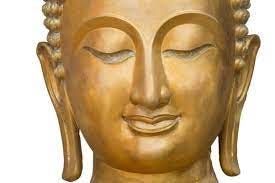
So now, if you find yourself adrift, stressed, confused or overwhelmed, get slow walking or find a place to sit for a few minutes and remember THE ENLIGHTENMENT TAPES. Press PLAY on your invisible Walkman, and away you go. You’ll have the haven you seek in moments. Like an empty house within your own body from where you can act with perfect calm and serenity.
Look, it cannot be seen - it is beyond form.
Listen, it cannot be heard - it is beyond sound.
Grasp, it cannot be held - it is intangible.
These three are indefinable;
Therefore they are joined in one.
-Lao Tzu, Tao Teh Ching



